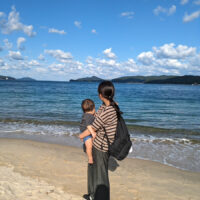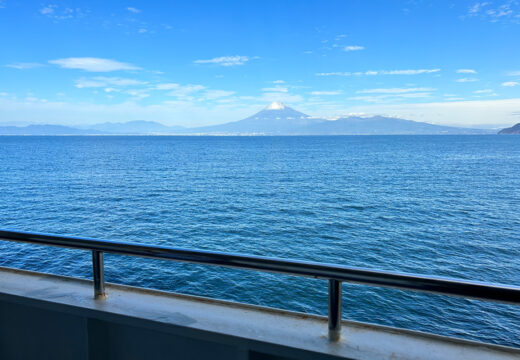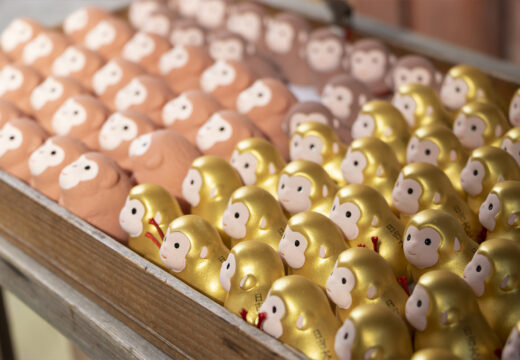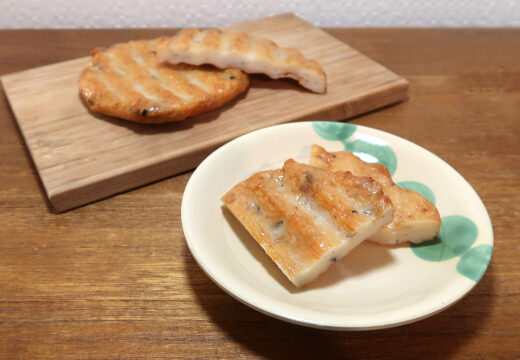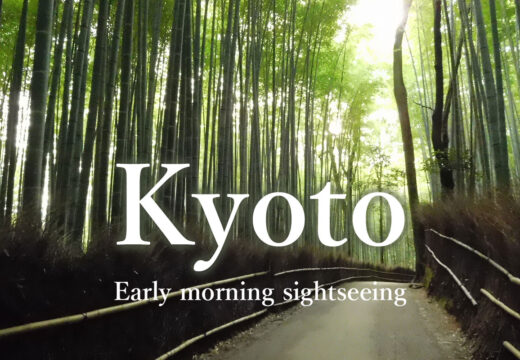Otaru, Hokkaido, With its Beautiful Nostalgic Townscape
Category: Sightseeing
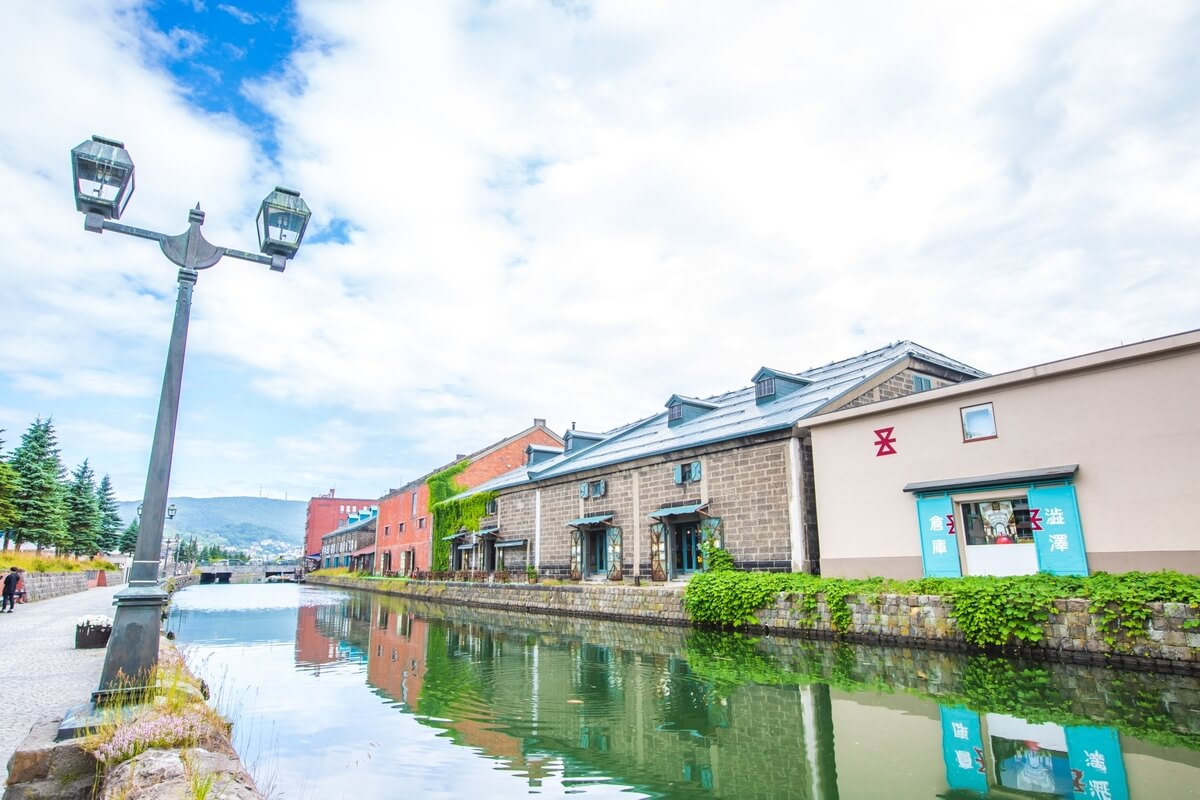
Otaru is one of Hokkaido’s most popular tourist destinations. Once the economic center of Hokkaido, with its harbor, railroad, and herring fishing, the area is popular for its retro townscape with many historical buildings.
In this issue, we will unravel the history of Otaru and introduce recommended sightseeing information including spots, souvenirs, and gourmet foods.
What is Otaru? What kind of town?
Otaru City is located almost in the center of the west coast of Hokkaido. The northern side of the city faces the Sea of Japan, and the other three sides are surrounded by mountains, making it a hilly city. Otaru has long flourished as a port town, and the Otaru Canal, which carried many goods from the port of Otaru, is a popular spot for visitors to enjoy the nostalgic atmosphere. Music boxes and glass crafts are also popular, and there are many places to experience them.

Otaru has a relatively mild climate within Hokkaido, with high temperatures sometimes exceeding 30°C in the summer. Japanese people have an image of cool summers in Hokkaido, but surprisingly, Otaru is as hot as Honshu in Japan, so you need to be careful what to wear! You should wear a short-sleeved jacket during the day and a long-sleeved jacket at night.
On the other hand, in midwinter from January to February, as in a snowy country, it often snows and drops below the freezing point, so you need to bring warm clothes.
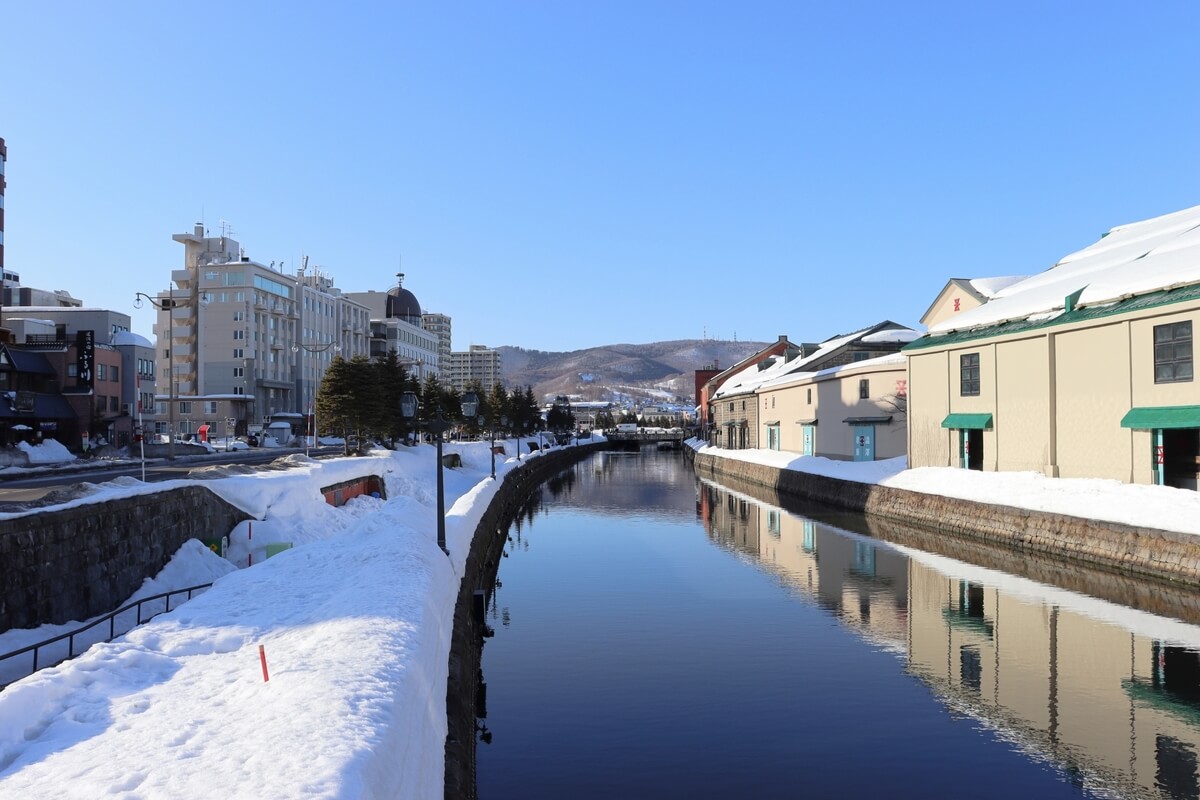
History of Otaru as a prosperous port town
Otaru City, which prospered as the largest economic city in northern Japan, flourished as a fishing port for herring and as an industrial port where goods from home and abroad were gathered. Let us take a look at the history of Otaru’s port.
Herring fishing, a cornerstone of Otaru’s economy
To begin with, Otaru City dates back to the Keicho era (1596-1610) of the Edo period. The city was developed as land given to vassals by the feudal lords of the Matsumae domain of the Edo shogunate (a fief located in present-day Matsumae-cho, Matsumae-gun, Hokkaido). From this time, migrant workers from the Tohoku and Hokuriku regions flocked to Otaru, mainly to fish for herring.
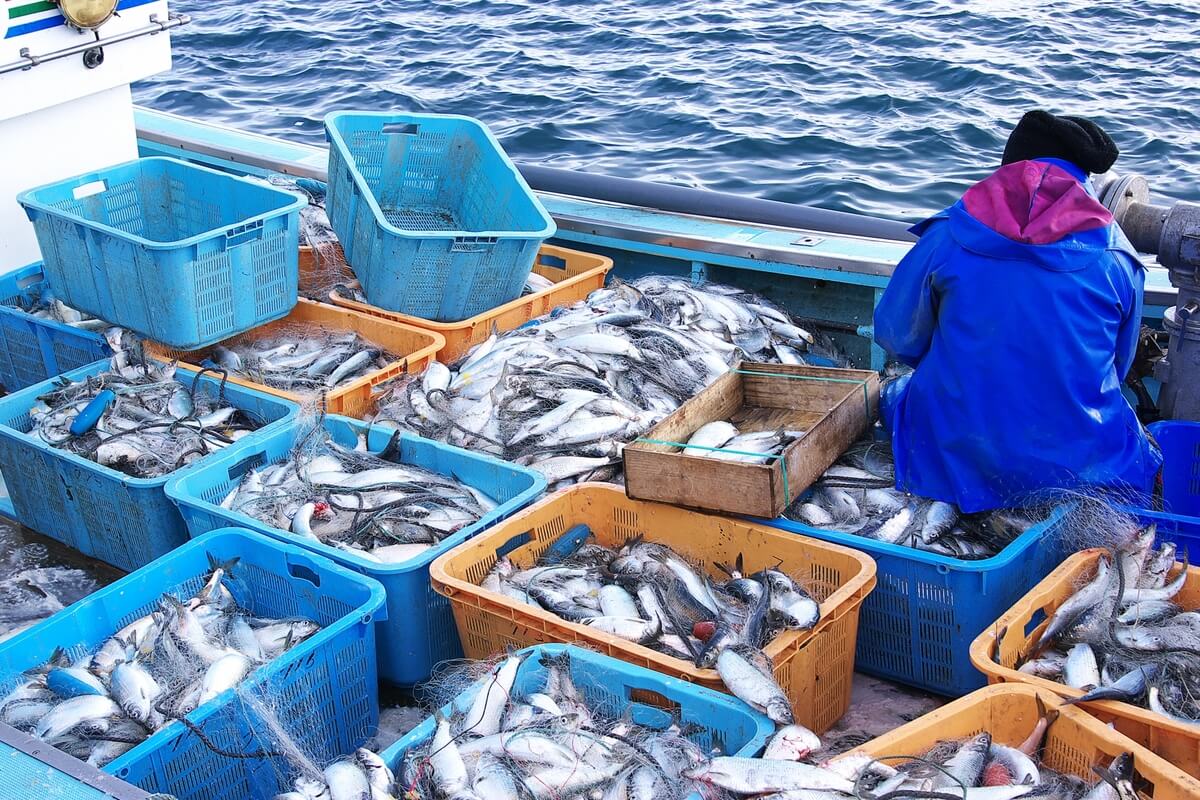
After the Meiji period (1868-1912), up to 90,000 tons of herring were landed annually. During the fishing season, many fishermen and migrant workers gathered from all over the country, and a couple of months of fishing in the early spring was enough income to live on for a year! You can clearly see how herring fishing supported the economic development of Otaru.
Developed from the gateway to the development of Hokkaido to an economic city
As mentioned above, Otaru Port prospered as a major herring fishing port, but it also became an important industrial port after the Meiji period (1868-1912). At this time, the government was promoting the development of Sapporo as the hub of Hokkaido, and Otaru Port was chosen as the gateway to supply goods.
In 1878, Hokkaido’s first railroad line opened between Sapporo and Otaru, and coal and agricultural products were gathered from all over Hokkaido and transported to other parts of the country. Trade with Russia and other foreign countries was also conducted, and Otaru flourished as Hokkaido’s representative merchant port.
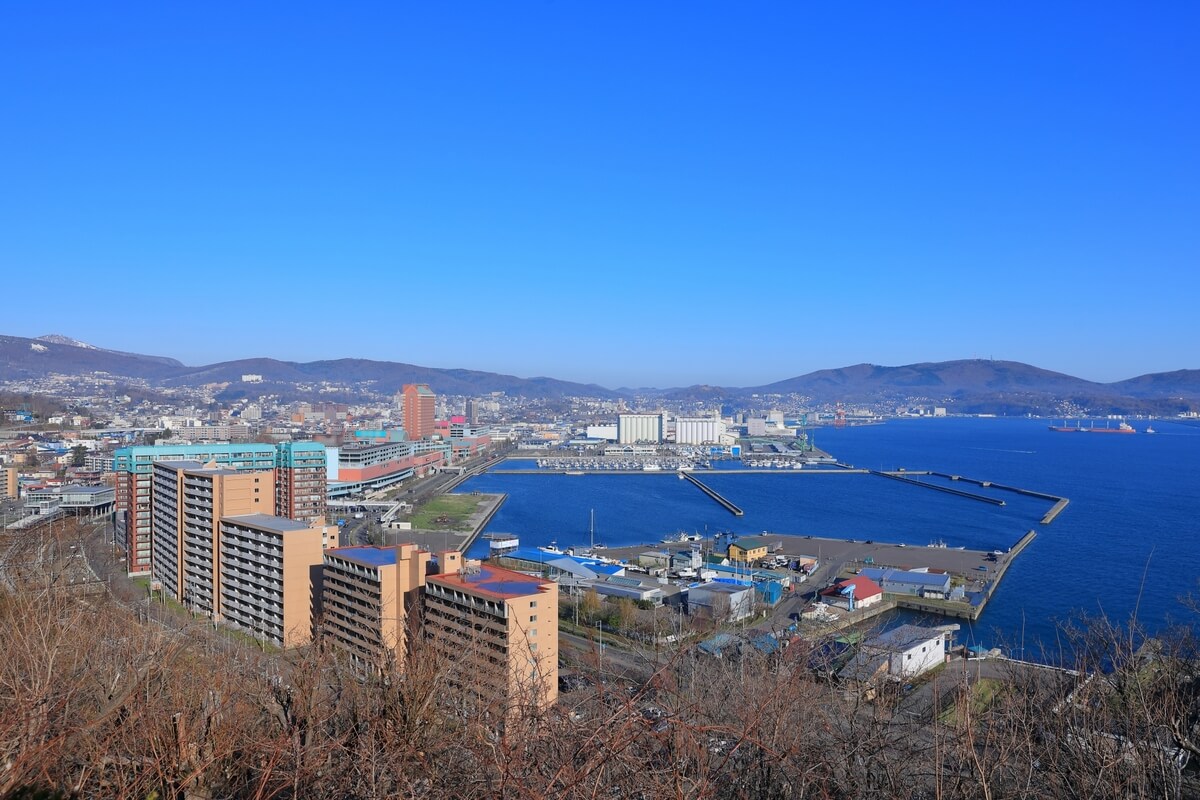
Many banks and trading companies, including the Bank of Japan, gathered in Otaru, and the city became an economic center known as the “Wall Street of the North.” In 1923, the Otaru Canal, a waterway for transporting goods directly from the port to warehouses for storage, was completed, and Otaru Port reached its peak.
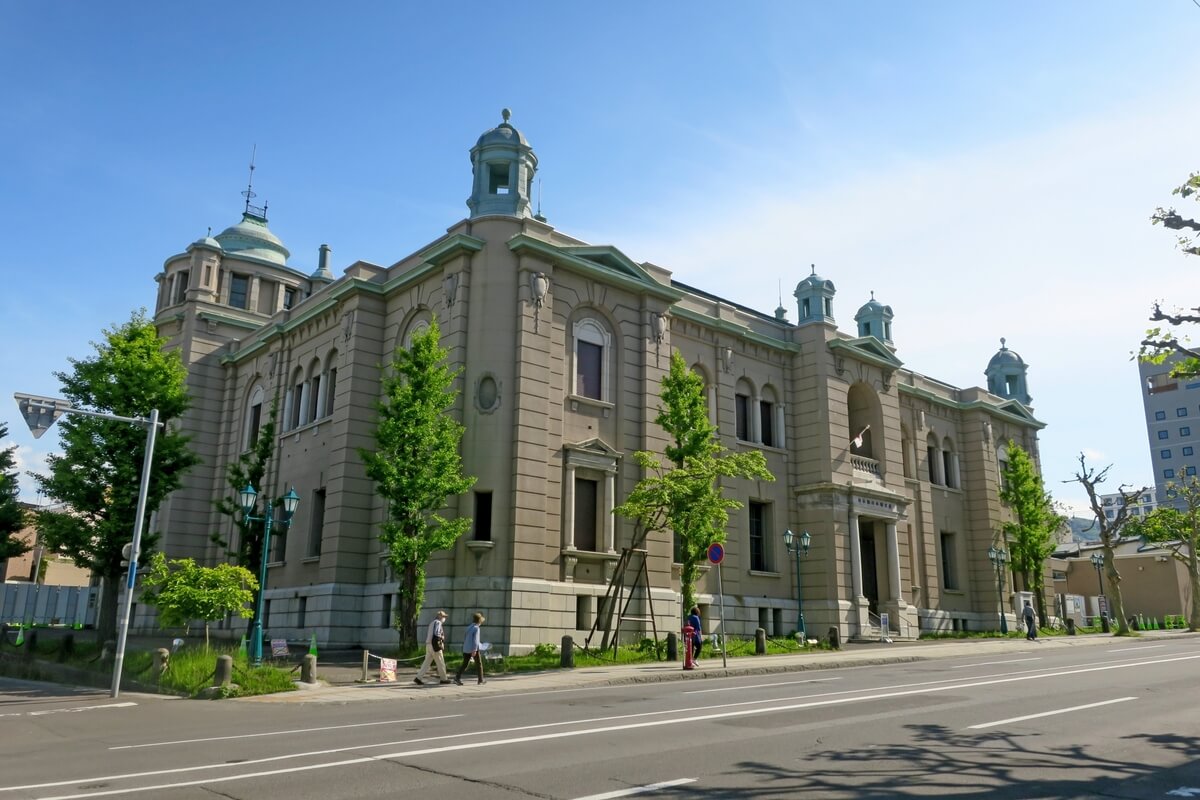
Otaru began as a herring fishery and developed economically as a trading port. The beautiful scenery of today’s Otaru was built in its heyday. We recommend taking a stroll through Otaru’s history, visiting retro buildings that still preserve the glory of those days.
Things to do in Otaru Sightseeing
For those who are wondering, “What to do in Otaru?” Kodawari Times has carefully selected some of the best places to visit in Otaru.
Otaru Canal

The Otaru Canal is one of Otaru’s most famous landscapes. Completed in 1923, the Otaru Canal was built for small boats called “hashike” to carry cargo from main ships anchored in the harbor to warehouses. After the war, the canal ceased its role as a canal and part of it was reclaimed, but the north side (commonly called “North Canal”) remains 40m wide as it was in those days.
When the canal is lit up at dusk or when snow falls in winter, it offers a very romantic scene.
Night View from Mt. Tengu, Otaru
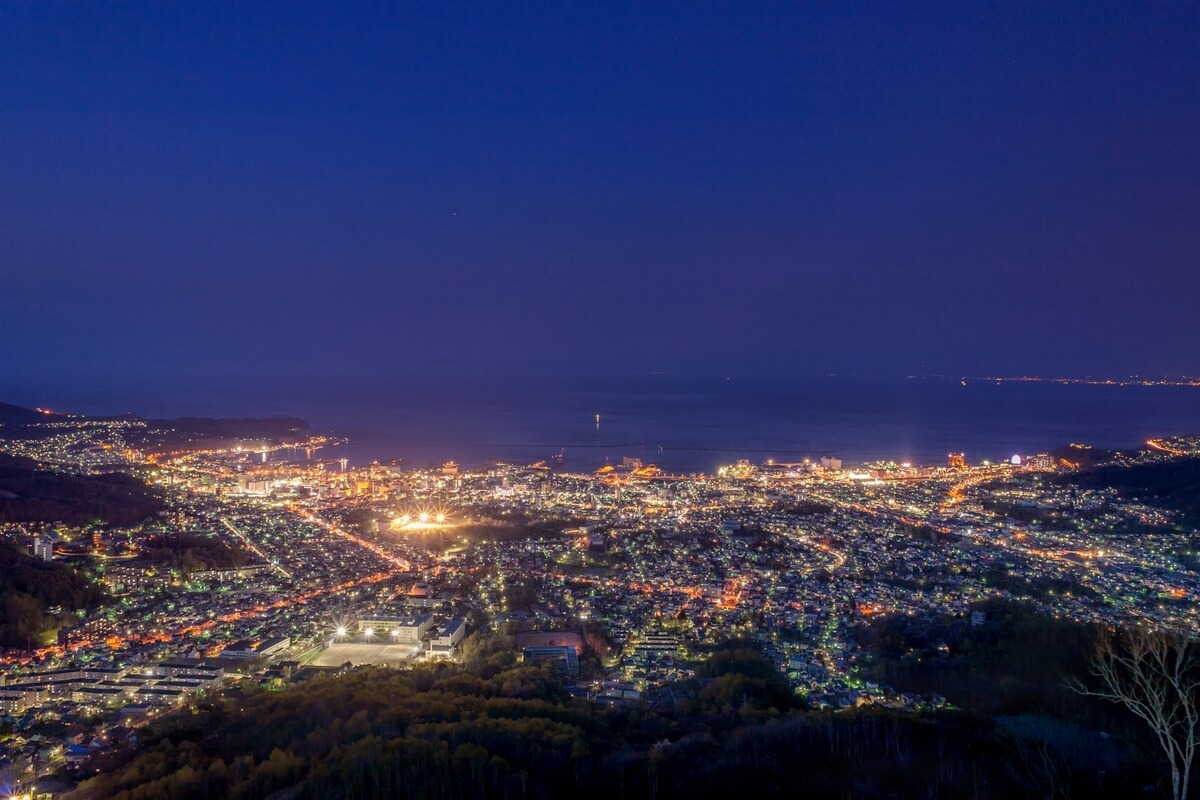
The night view from Mt. Tengu, 532 meters above sea level, is one of the three best night views in Hokkaido. From the top of the mountain, visitors can enjoy a jewel-like night view of Otaru Port and the city. Tengu ropeway operates to the top of the mountain, and it is also accessible by car or local bus. It is a 15-minute drive from the center of Otaru City.
On “Otaru Tengu Night View Day” held every year in late August, a beer park is set up at the top of the mountain, where visitors can enjoy gourmet food and music while sipping craft beer. Fireworks launched from Mt. Tengu at the concurrent “Otaru Tengu Festival” is also a highlight of the festival.
Otaru Music Box Museum
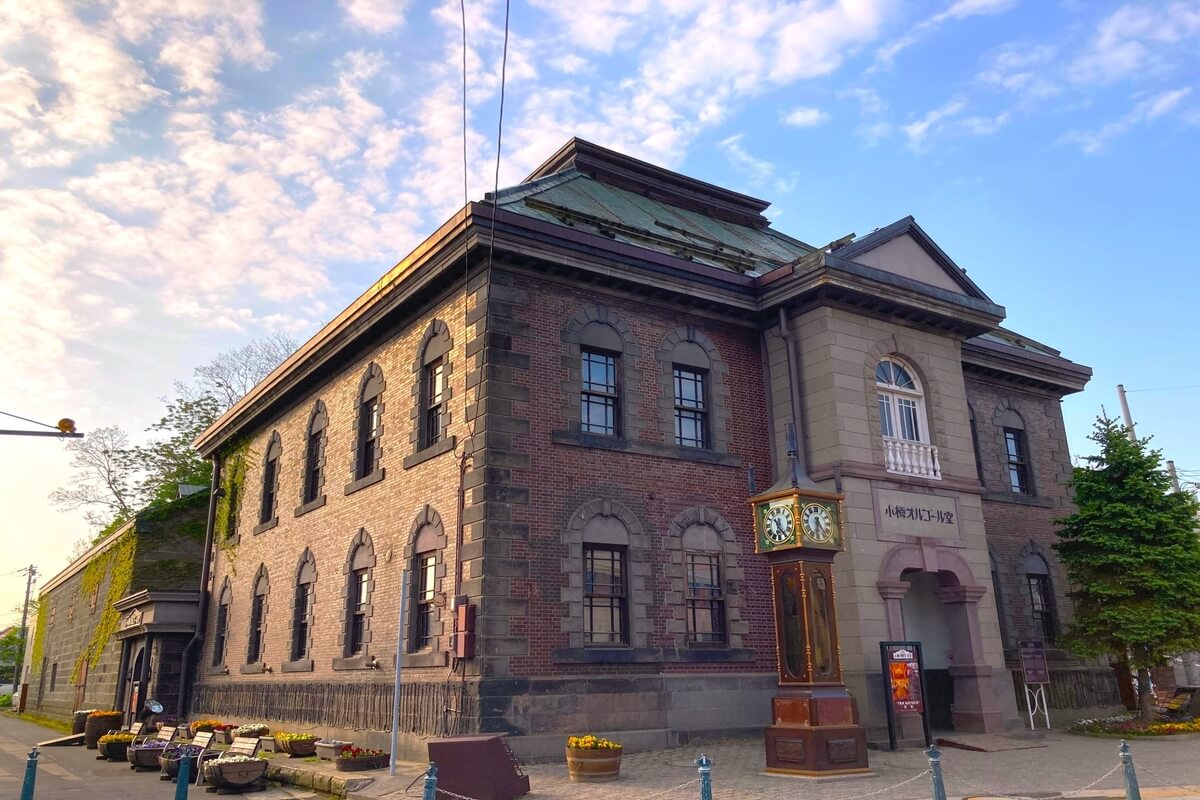
One of the largest music box specialty stores in Japan with 80,000 music boxes of about 5,000 types. It is a 15-minute walk from Otaru Station and is located at the fairy tale intersection where tourists flock to. The shop is housed in a historical building built in 1915 and has a nostalgic atmosphere that matches the streetscape of Otaru. The store is divided into five floors, each with its own theme and lined with beautifully decorated and sounding music boxes. You can even try your hand at making your own handmade music box, which is a great way to commemorate your visit to Otaru.
Otaru Ushio festival
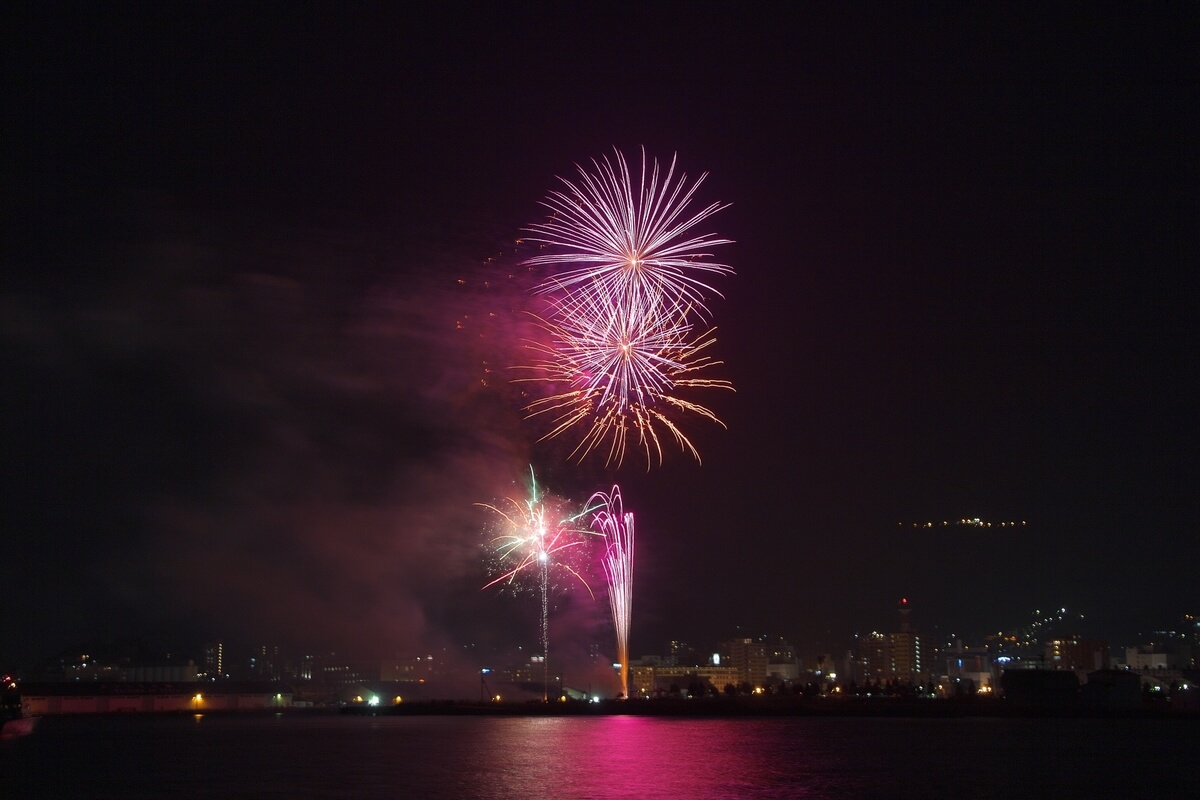
One of Otaru’s largest festivals, held over three days in July. The event started with the purpose of passing on Otaru’s history and culture to the next generation and praying for the development of Otaru. In addition to the “Ushio Nerikomi,” in which citizens dance through the streets, the “Mikoshi Parade” and “Doshin Noryo Fireworks Show” on the last day of the festival are highlights of the festival. The finale of the festival is the fireworks display, which is launched from the base of Otaru Port No. 3 Pier, a 10-minute walk from JR Otaru Station. The fireworks display from the sea is a spectacular sight to behold.
■Dates for 2024: Friday, July 26 through Sunday, July 28
Souvenirs to buy in Otaru
otaru glassworks
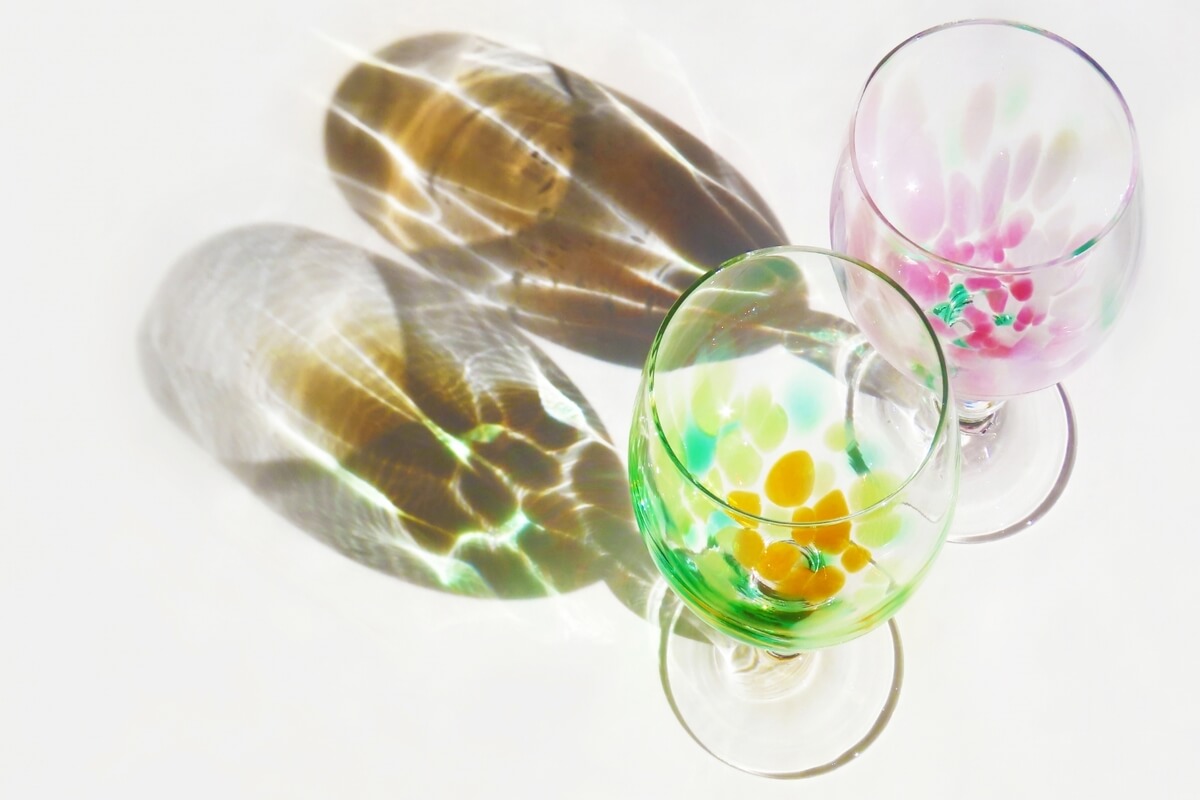
Otaru is one of the leading glass towns in Japan, and there are more than 60 glass stores in the city that manufacture and sell glass. The history of glass manufacturing in Otaru is said to have started in the late 1800s with the production of glass floating balls used in the herring fishing industry, which was a major industry, and glass oil lamps used as household lighting. The image of Otaru as a “town of glass” has taken root.
One of the characteristics of Otaru’s glass crafts is that many of them are colored glass, in which a subtle light color emerges from the transparent glass. The soft atmosphere of glass crafts is perfect for souvenirs and gifts.
Music box

The music box was born in Switzerland and was first shown to the public in Japan in 1852, which marked the beginning of music box production in Japan. After World War II, the production of music boxes shifted from Switzerland to Japan, and at its peak, Japan had more than 90% of the world market share. It is surprising that Japan was a major producer of music boxes.
And the history of Otaru and the music box began with the sale of music boxes, thinking that a music box would suit the retro streetscape of Otaru. At the “Music Box Store” introduced in the Recommended Spots section, you can purchase music boxes at four stores in the city, including the main building.
Otaru’s Local Gourmet
Otaru Sushi
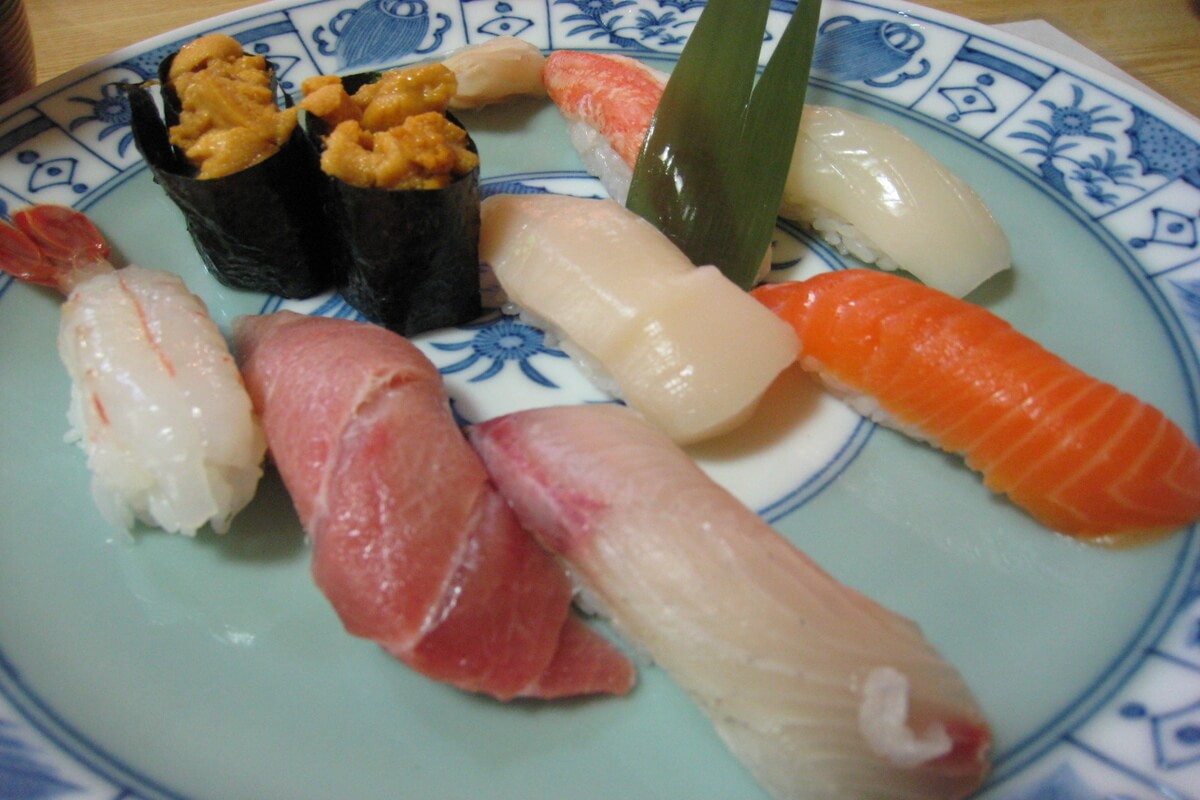
Facing the sea, Otaru is a treasure trove of seafood. Sushi using fresh fish caught at Otaru Port is popular. During the Meiji and Taisho Eras (1868-1926), many sushi chefs from all over Japan gathered in Otaru and opened sushi restaurants, which is said to be the beginning of Otaru’s reputation as a sushi town. Even today, sushi restaurants can be found throughout the city, and the “Sushi-ya-dori” street, where 20 sushi restaurants are gathered in the corner from Otaru Station to the Otaru Canal, is especially popular among tourists.
Pacific herring
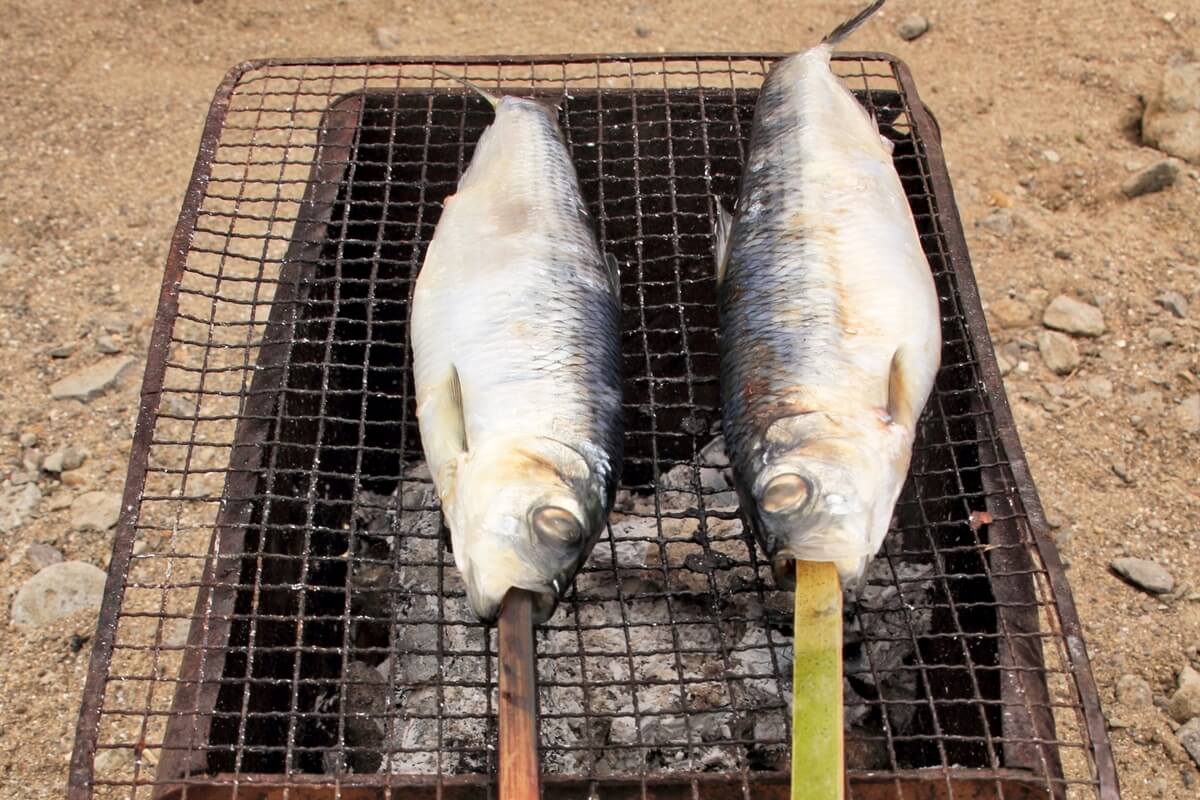
As mentioned in the history of Otaru, herring fishing has been popular since ancient times, and herring dishes are also available in Otaru. The herring season is from January to March. Herring caught in the morning can be eaten as sashimi or nigiri, and classic dishes such as herring soba are also popular. Herring roasted whole on a skewer is a unique way of eating herring in Otaru.
Deep-fried half a chicken
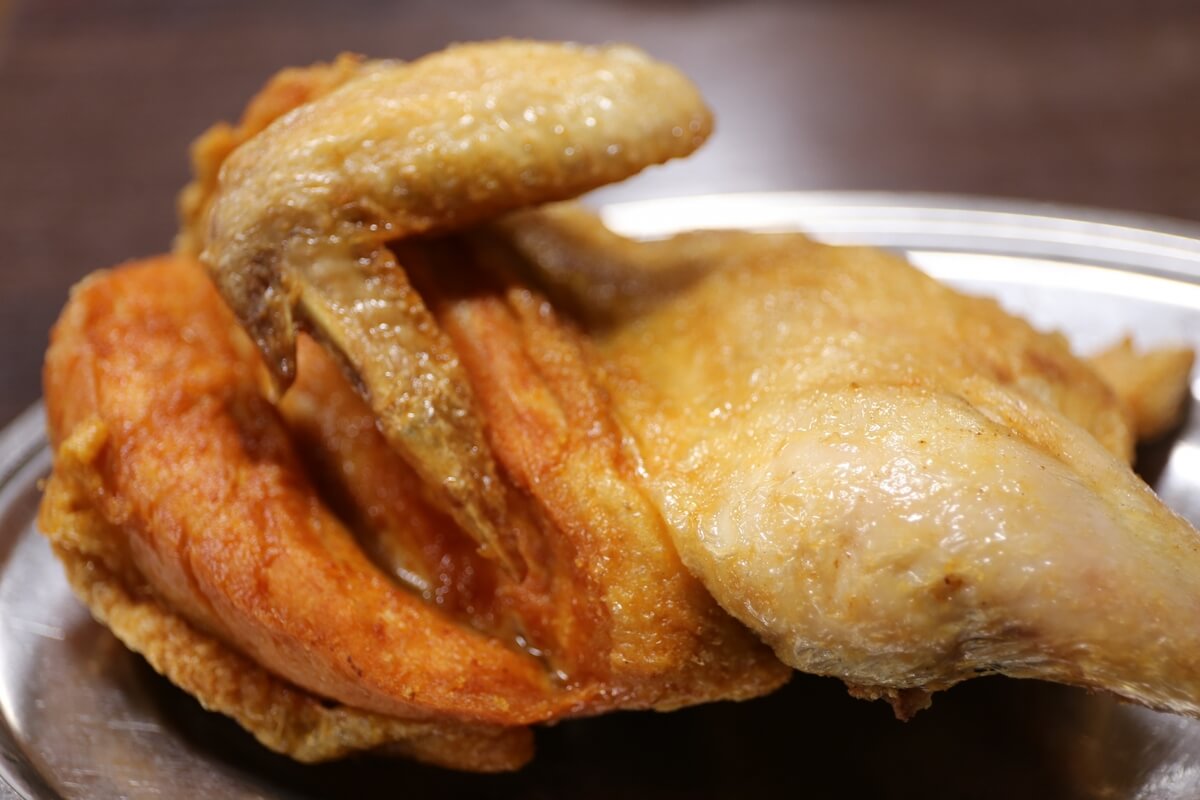
One of Otaru’s B-Class gourmet (cheap and tasty food) is fried half a young chicken. As the name suggests, it is a dish made by frying up a whole half of a young chicken. The crispy skin and juicy meat are addictive! You can enjoy the different textures and tastes of each part of the meat, such as the meat of the breast, chicken breast, thigh, wing, wing tip, leg, and bonjiri, so you will never get tired of eating it until the very end. It is available at stores in Otaru City, and has recently become popular by order.
Let’s go to Otaru where you can enjoy walking around town!
Otaru has a long history as a port town and is rich in souvenirs and gourmet foods. It is a perfect area for sightseeing, as it is full of attractions no matter where you turn! There are many ways to enjoy Otaru, from strolling the streets looking at the historical buildings to experiencing glass and music box making. We hope you will fully enjoy the nostalgia-filled Otaru during your trip to Hokkaido.
